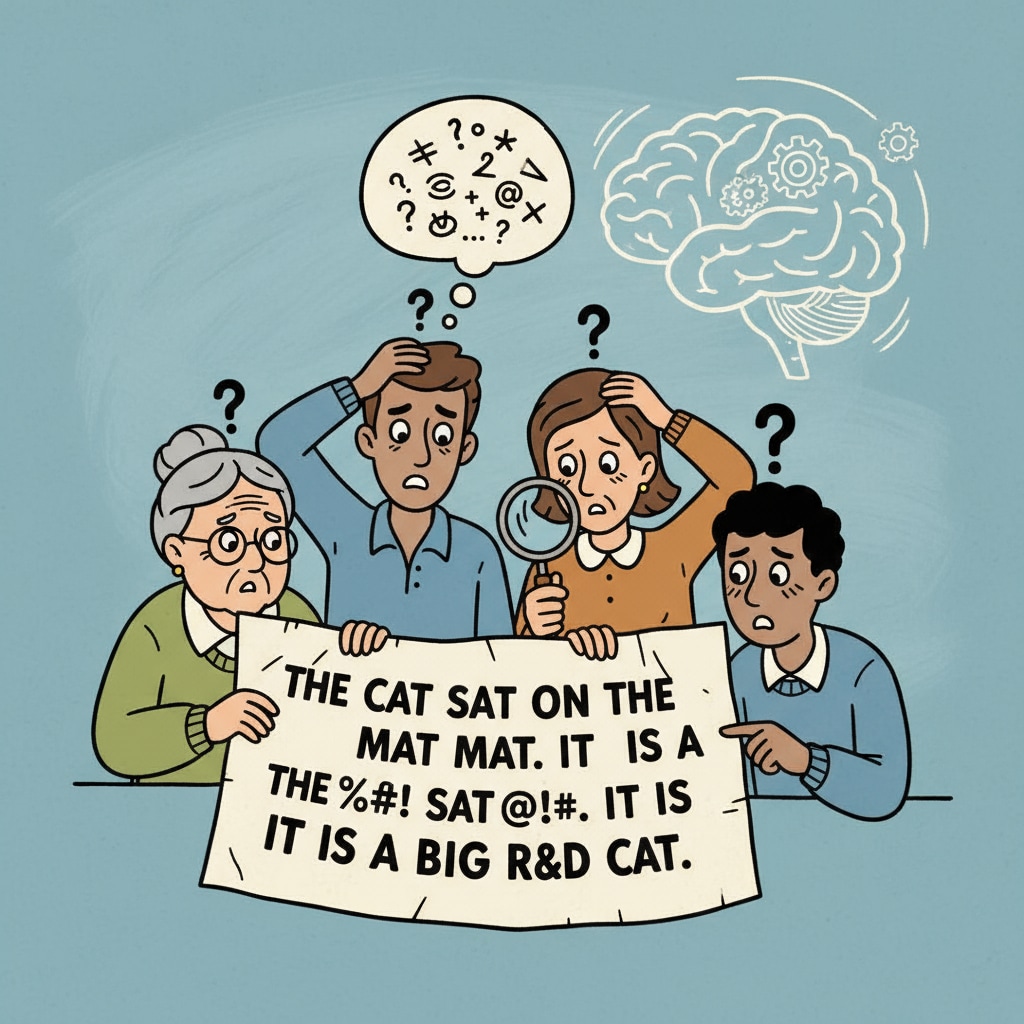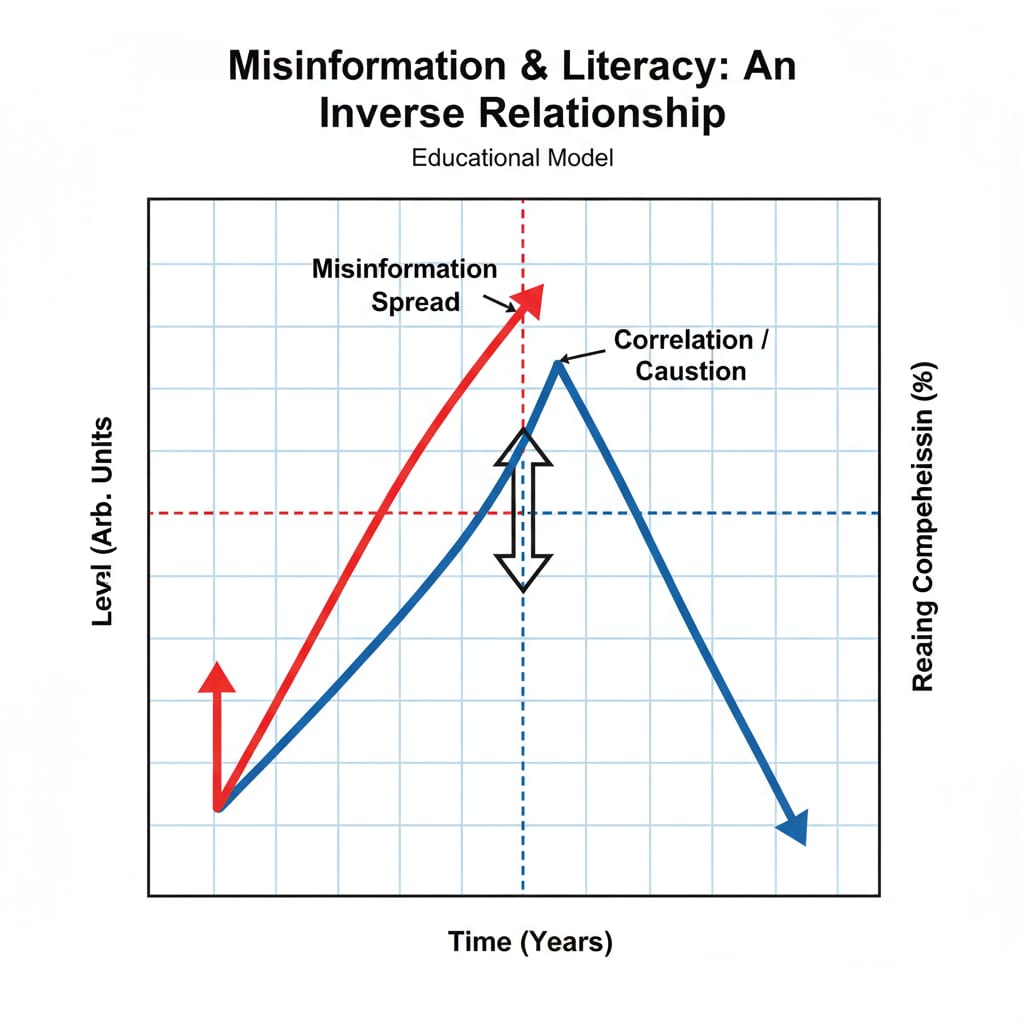The issue of functional illiteracy, reading comprehension, and education crisis in the United States is a matter of great concern. Currently, a staggering 54% of the US population has reading comprehension skills that are only at a fifth – grade level or lower. This high rate of functional illiteracy is not just an educational problem but also has far – reaching implications for society.

The Alarming Rate of Functional Illiteracy
The fact that over half of the US population has such limited reading comprehension abilities is a wake – up call. Functional illiteracy refers to the inability to use reading, writing, and calculation skills effectively in daily life situations. For example, these individuals may struggle to understand instructions on a medicine bottle, read a news article, or fill out a job application form. This lack of basic literacy skills can severely limit their opportunities in various aspects of life.
Impact on Critical Thinking
One of the most significant consequences of this high rate of functional illiteracy is the erosion of critical thinking. Reading is a fundamental skill that allows people to access a wide range of information, analyze different viewpoints, and form informed opinions. When a large portion of the population has poor reading comprehension, it becomes difficult for them to engage in deep, critical thinking. As a result, they may be more easily influenced by misinformation and propaganda.

Information Processing Gap
In addition, functional illiteracy can lead to an information – processing gap. In today’s digital age, a vast amount of information is available at our fingertips. However, those with low reading skills may find it challenging to process and make sense of this information. This can put them at a disadvantage in areas such as the job market, where the ability to quickly understand and analyze information is crucial. For instance, they may struggle to keep up with the latest industry trends or learn new skills through online resources.
The causes of this education crisis are complex and multifaceted. Factors such as inadequate funding for education, poor teacher training, and a lack of focus on reading skills in the curriculum all contribute to the high rate of functional illiteracy. Addressing this issue requires a comprehensive approach that focuses on improving K12 education. By enhancing reading instruction, providing better resources, and supporting teachers, we can hope to reduce the rate of functional illiteracy and build a more informed and literate society.
Readability guidance: The article uses short paragraphs to present clear ideas. Each H2 section provides a focused discussion, and lists could be further incorporated for better organization. The use of active voice is prioritized, and transition words like ‘however’, ‘in addition’, and ‘for example’ are used to connect ideas smoothly.


